
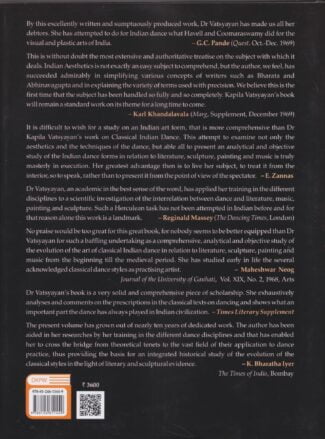
Classical Indian Dan...
Classical Indian Dance in Literature and the Arts
by: Kapila VatsyayanThe book vividly presents, analyses and critiques the varied facets of Indian aesthetics, especially the theory and technique of classical Indian dance, while doing a penetrating study of interrelationship that dancing has with literature, sculpture and music. In doing so, the book surveys and analyses the contribution of all great Sanskrit authors, theoreticians, playwrights of ancient and classical India along with the works many Bhāṣā scholars of arts, aesthetics and literature.
₹3,600.00 Original price was: ₹3,600.00.₹3,240.00Current price is: ₹3,240.00.
ISBN: 9788124611449
Year Of Publication: 2022
Edition: 3rd
Pages : xlii, 534
Bibliographic Details : Bibliography, Index
Language : English
Binding : Hardcover
Publisher: D.K. Printworld Pvt. Ltd.
Foreword By : Rai Krishnadasa
Size: 25
Weight: 1430
This volume is the result of many years of painstaking research in a field, which had been neglected by art historians, and thus presenting an idealistic view of the whole tradition of Indian art and aesthetics. This definitive work on the inherent interrelationship of the Indian arts is a path-breaking endeavour, treading into a domain which no one had explored. For that to happen, the author has delved deep into enormous mass of literature on the subject and has also surveyed the portrayal of dance figures in ancient temples. With Dr Kapila Vatsyayan’s profound knowledge of various dance forms as a performing artist of her own standing and having studied the sculptures and artefacts minutely, the book emerges so scholarly emanating the wisdom and know-how of a persona, endowed with the unique combination of a researcher, an art historian and an aesthetician par excellence.
The book vividly presents, analyses and critiques the varied facets of Indian aesthetics, especially the theory and technique of classical Indian dance, while doing a penetrating study of interrelationship that dancing has with literature, sculpture and music. In doing so, it surveys and analyses the contribution of great Sanskrit authors, theoreticians, playwrights of ancient and classical India such as Bharata, Bhāsa, Kālidāsa, Śūdraka, Bhavabhūti, Abhinavagupta, Jayadeva and many more along with numerous Bhāṣā scholars of arts, aesthetics and literature, covering each and every nook and corner of the Indian subcontinent.
This highly scholarly work should invoke keen enthusiasm among Sanskritists, art historians, dancers and students of varied art forms alike, and should pave the way for ongoing researches on all the topics covered within its scope.
Prologue
Foreword
Preface to the Second Edition
Preface to the First Edition
Acknowledgements
List of Plates
Abbreviations
Introduction
1. Indian Aesthetics
2. Theory and Technique of Classical Indian Dance
3. Literature and Dancing
4. Sculpture and Dancing
5. Music and Dancing
Plates
Select Bibliography
Index
“Classical Indian Dance in Literature and the Arts” Cancel reply
- Sale!Birds and Animals in Mughal Miniature Paintings by: Zaheda Khanam
₹1,600.00Original price was: ₹1,600.00.₹1,440.00Current price is: ₹1,440.00.The depiction of flora and fauna has been an intrinsic part of Indian painting traditions. The Mughals in their turn, in their fascinating paintings, used the bird and animal imagery to lend a special quality to their art of painting. This book, with over 70 illustrations, is a survey of the birds and animals used in Mughal paintings, especially during the reigns of Emperors Akbar and Jahangir. With historical details, it shows that the depiction of various kinds of birds and animals played a significant role in conformity with the context or the demands of the narratives. The artists painted both wild and domestic animals with equal competence. Outlining the differences in the paintings under the Mughal rulers themselves with regard to depiction of fauna, it notes that while Akbar was interested in historical, mythological or anecdotal events, Jahangir introduced album paintings and evinced interest in individual portrait studies of fauna. In all, it showcases the meticulous depiction of fauna in Mughal art and its persevering beauty. It mentions the names of a host of artists who executed the paintings and the many illustrated manuscripts mythological, historical and on popular fables that saw lavish use of paintings with faunal imagery. The book will interest historians especially those studying art history of the medieval period.
- Sale!Rated 5.00 out of 5The Yoga of Netra Tantra by: Bettina Sharada Bäumer, Shivam Srivastava (Editor),
₹1,700.00Original price was: ₹1,700.00.₹1,530.00Current price is: ₹1,530.00.The Netra Tantra “Tantra of the (Third) Eye (of Siva)”, also called Mrtyujit (Conqueror of Death), is one of the fundamental scriptures of non-dualist Kashmir Saivism or Trika. It is the only Tantra having the Third Eye of Siva as title and theme, and it contains three important chapters on Yoga, relating to three ways of overcoming death.
This book, besides giving an introduction to the Tantra, contains an interpretation of the three chapters; Chapter 1 deals with the Eye of Siva, Chapter 7 with subtle Yoga, and Chapter 8 with supreme Yoga. The same texts are presented in Devanagari, transliteration and translation, including the eleventh-century commentary of Ksemaraja, illustrious disciple of Abhinavagupta. The Appendix contains illustrations of the theme of trinetra from different sources, mainly connected with Kashmir, as well as a comparative study on “The spiritual eye in the Christian mystical traditions”.
This book is an important contribution to the studies on non-dualist Saivism or Trika, and especially to its Yoga. - Sale!Absence of the Buddha Image in Early Buddhist Art by: Kanoko Tanaka
₹1,500.00Original price was: ₹1,500.00.₹1,350.00Current price is: ₹1,350.00.It is next to impossible today to even think of Buddhism without the presence of the Buddha image! The image of the Buddha, in truth, has not only come to symbolise the essence of Buddhism but is also a brilliant expression of the cultural/artistic achievements of the Buddhists since ancient times. Surprisingly, the Buddha image developed at a later stage of the evolutionary process; after the parinirvana of the Buddha, the Buddhists for a considerable time beheld the Buddha and experienced him in their own minds without taking recourse to the Buddha image itself. In Absence of the Buddha Image in Early Buddhist Art, Dr. Tanaka, a well-versed scholar, has for the first time ever explored the absence of the Buddha image in Buddhist art particularly in the period from third century bc to late first century ad in order to rediscover the significance of this phenomenon. Dr. Tanaka observes Bharhut and Sanchi sculptures to point out the most essential motifs and elements of stupa-art design the visible facts pertaining to the absence of the Buddha image. The author studies the religious, philosophical, artistic and political significance of the visible facts, highlighting the concept of the empty throne as the motif representative of that absence. She applies the empty throne concept to the sanctuaries of monotheistic religions, and thus undertakes a comparative study of Buddhism and other religions, particularly, Zoroastrianism, Judaism, Christianity, Islam and Sikhism to suggest that present-day discussions on the linkage between religions can centre on this theme. The dexterous handling of the topic combined with the authors use of first-hand research material makes this an erudite study. The directness in the authors approach and the unwavering eye on the theme sustains the interest throughout. An abundance of visual material, i.e., drawings and photographs, and tables immensely aid in analysis of the visible facts. This intense work on a rich theme offers well-researched and interesting material that will be useful to scholars of religious studies, fine arts and even philosophy.
- Sale!Explorations in Indian Philosophy by: Rajendran Chettiarthodi
₹550.00Original price was: ₹550.00.₹495.00Current price is: ₹495.00.Any discourse on Indian philosophy has to be taken out of the box in which it was confined for ages using obsolete methods for evaluating thinking patterns. In the traditional way of analysing Indian philosophy there was an inimical approach to each other between the philosophers and the philologists, and between the Sanskrit tradition-oriented philosophers and modern English/vernacular-based philosophers. This friction is evident in the hesitation of the traditionalists in giving philosophers like Daya Krishna and K.C. Bhattacharyya their due share.
The twelve essays in this volume address many a question about the characteristics of Indian philosophical traditions and Indian-ness. Indian philosophy is essentially not Sanskrit based alone, there is a significant contribution to it from the South Asian languages and English, and the cultures of the subcontinent. It attempts to provide provocative insights in sharing the author’s penetrative acumen both in his traditional and modern approaches to South Asian intellectual systems. It therefore addresses the prejudice between the East and the West, and traditional and modern, and the concerns of South Asian diaspora in the Western countries.
As far as this anthology is concerned, the icing on the cake is the Foreword by Dr Mrinal Kaul, who critically analyses the major developments taken place in the realm of Indian philosophy in the last few decades, critically appreciating the contents. - Sale!A Child of Destiny by: K. Ramakrishna Rao
₹950.00Original price was: ₹950.00.₹855.00Current price is: ₹855.00.““This book is an autobiographical essay of a man who rose from a humble beginning in a remote village with one room elementary school to attend the University of Chicago, with its impressive Gothic structures ranked among the best in the world; and to become the Chancellor of a prestigious university in the country. Dr Rao attributes all this to destiny. Destiny in this view constitutes the circumstances in which one is situated; but it is the deftness with which one manoeuvres himself through the maze of circumstances that really matters in the final analysis.
The book is offered as a possible source to inspire the aspiring individual not only to set noble goals but also find possible ways of reaching them. Blessed is the one who moves his way upward without hurting himself or others in the process. This has been the guiding principle of Dr Rao.”
“


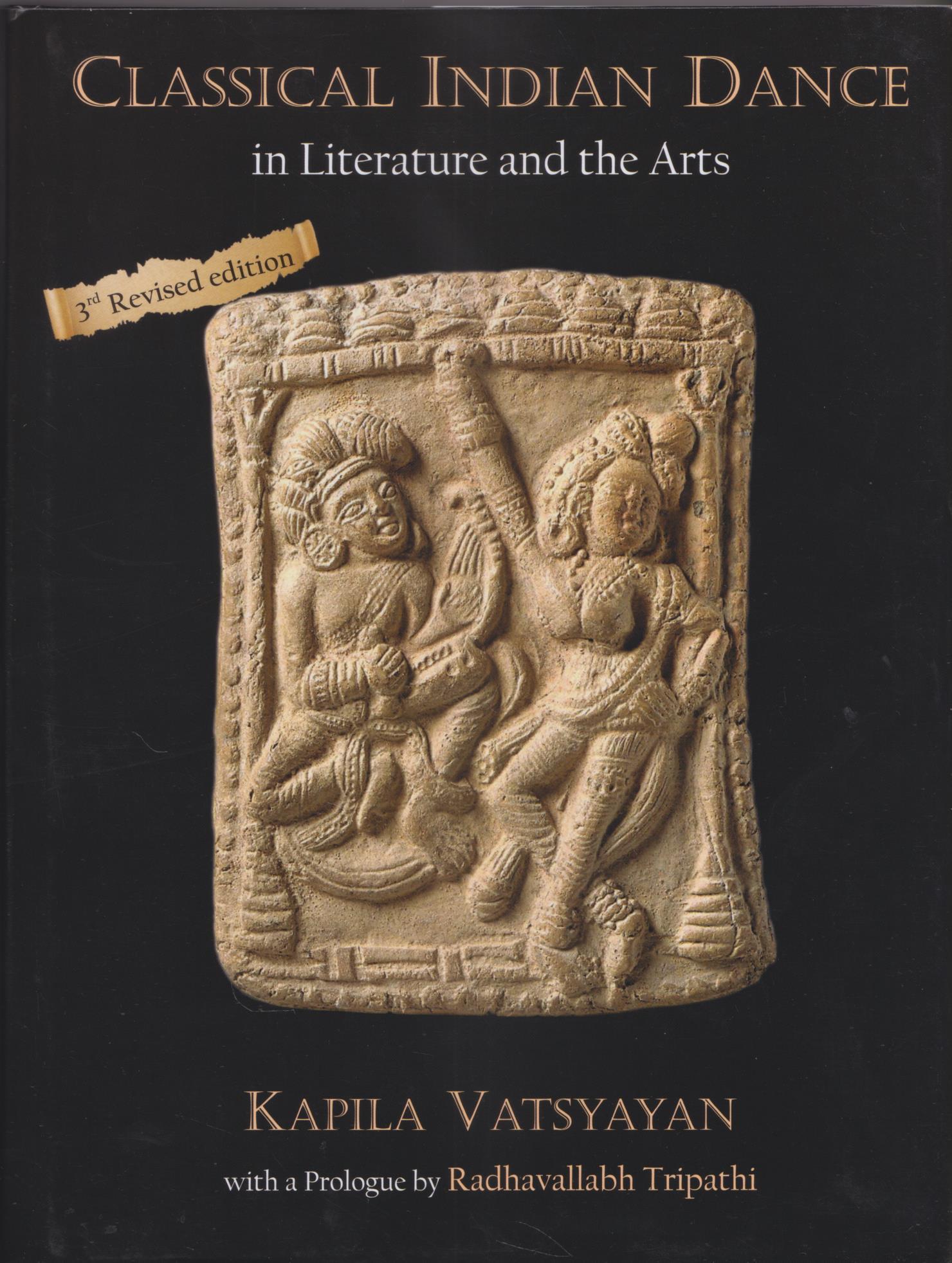



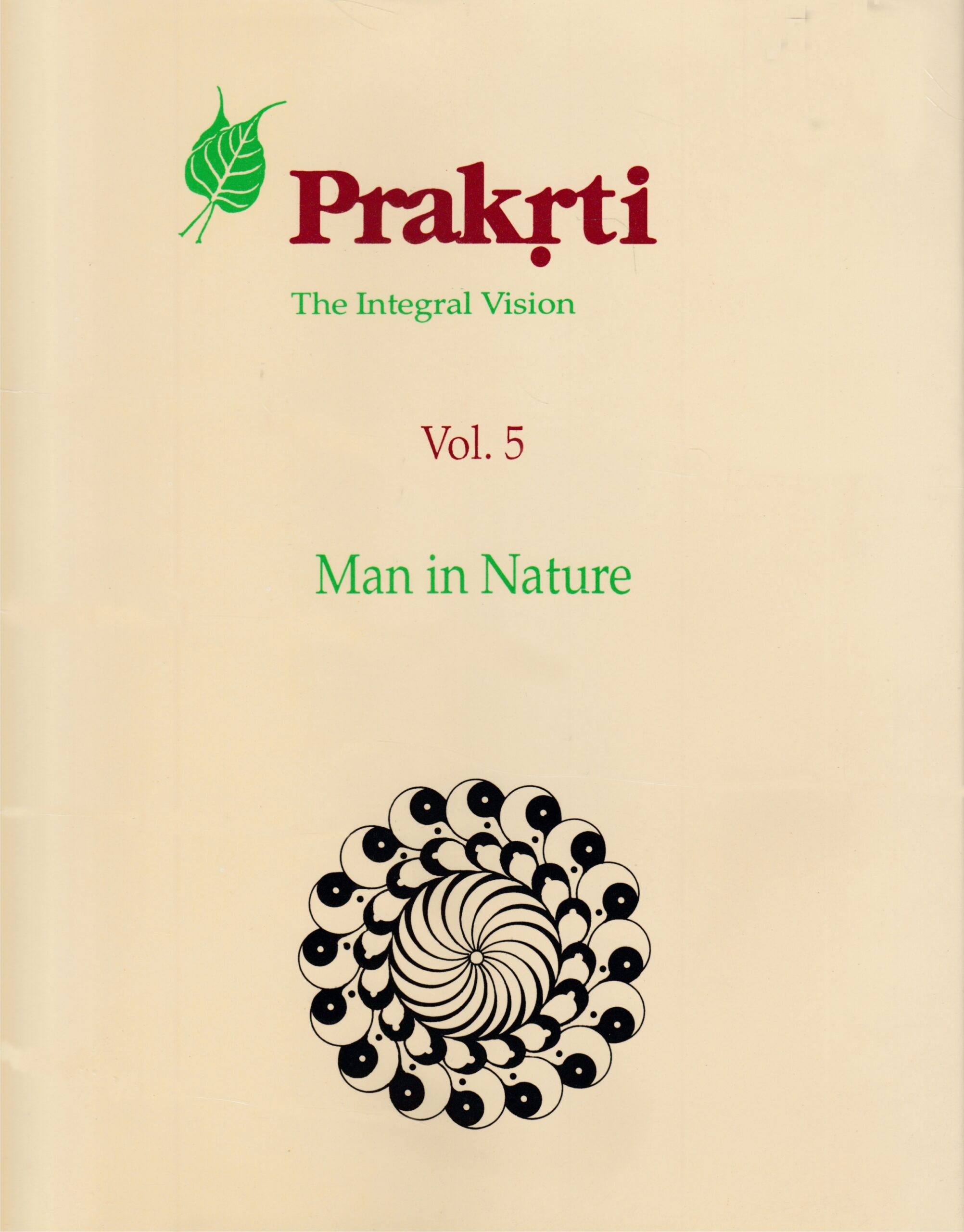
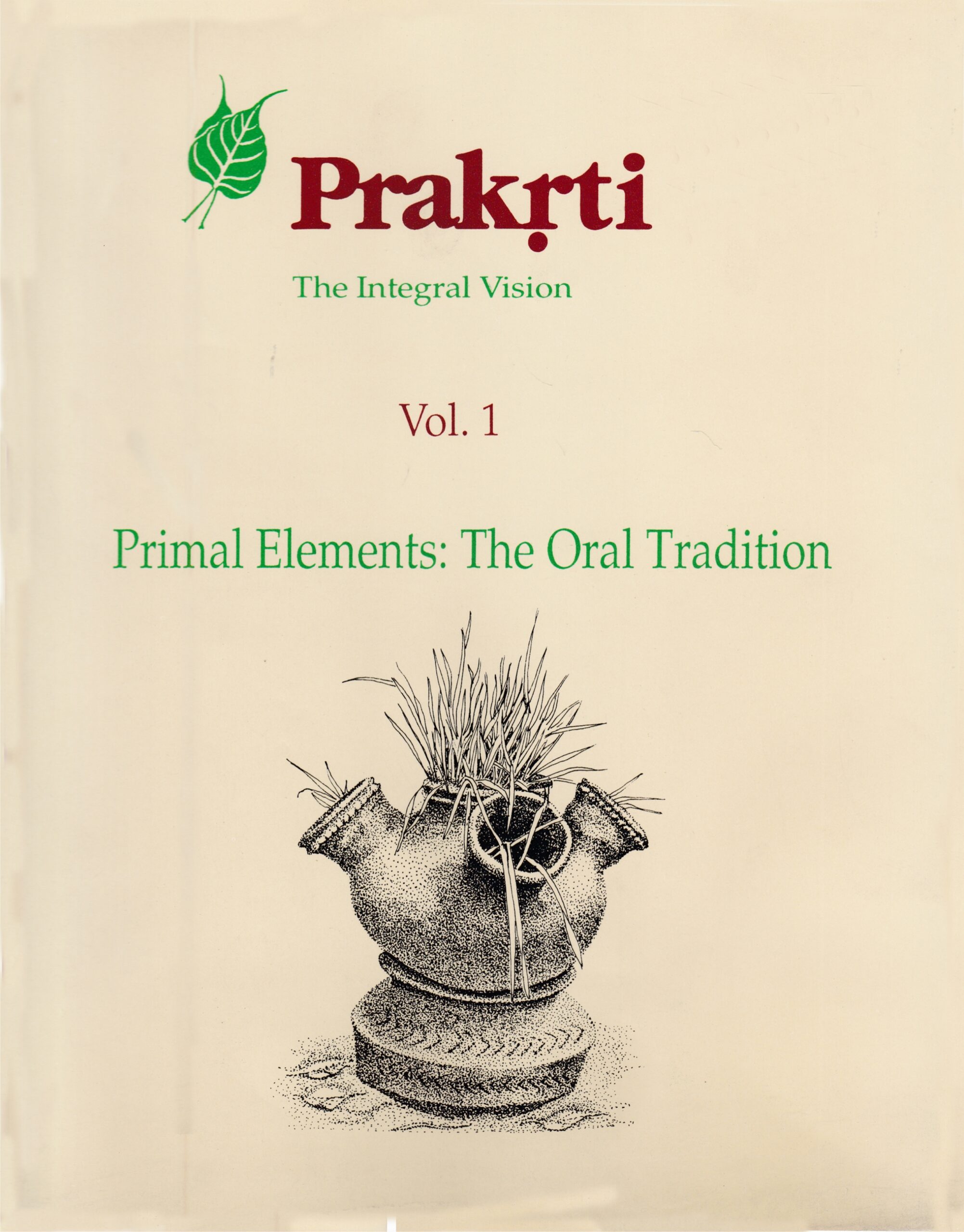
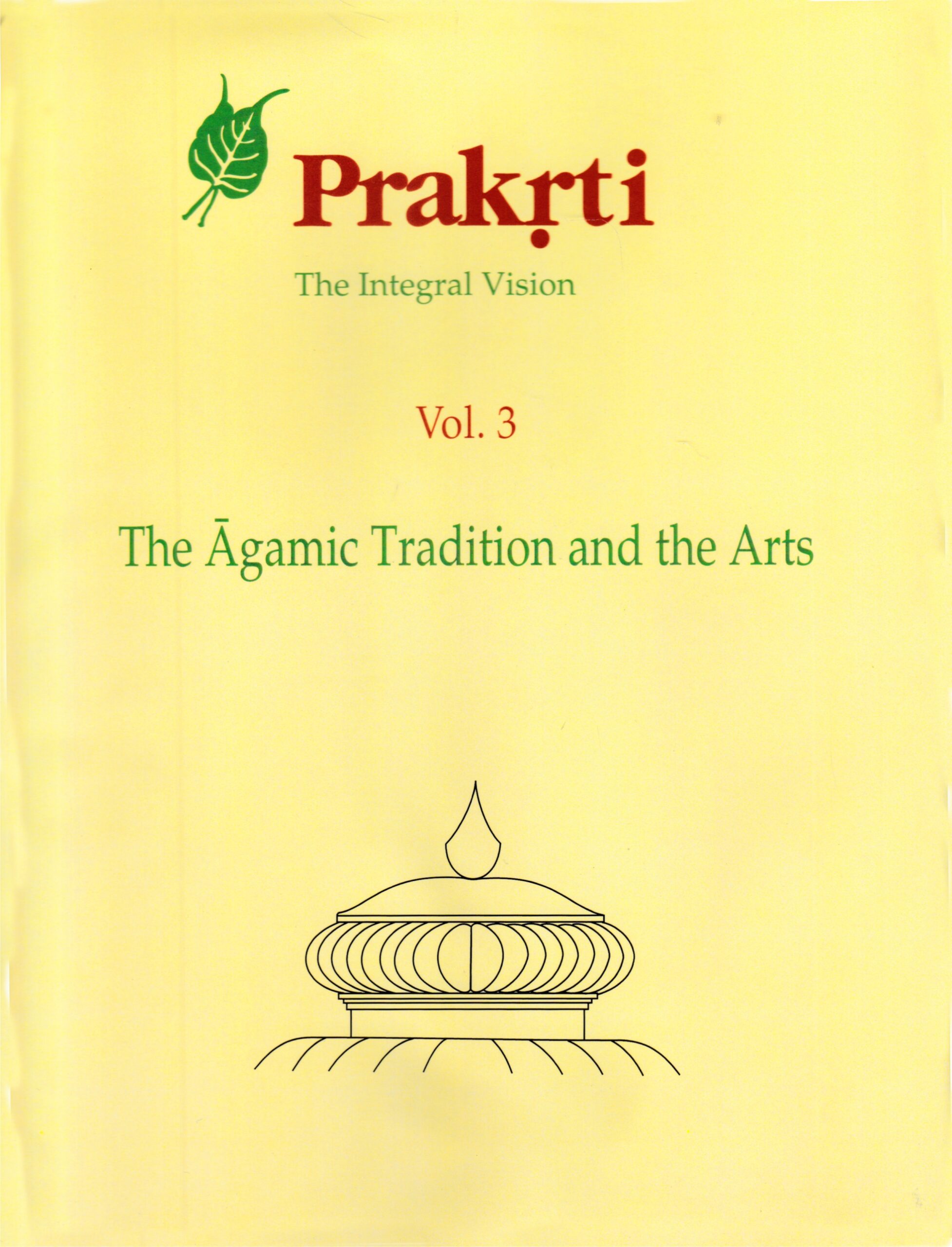
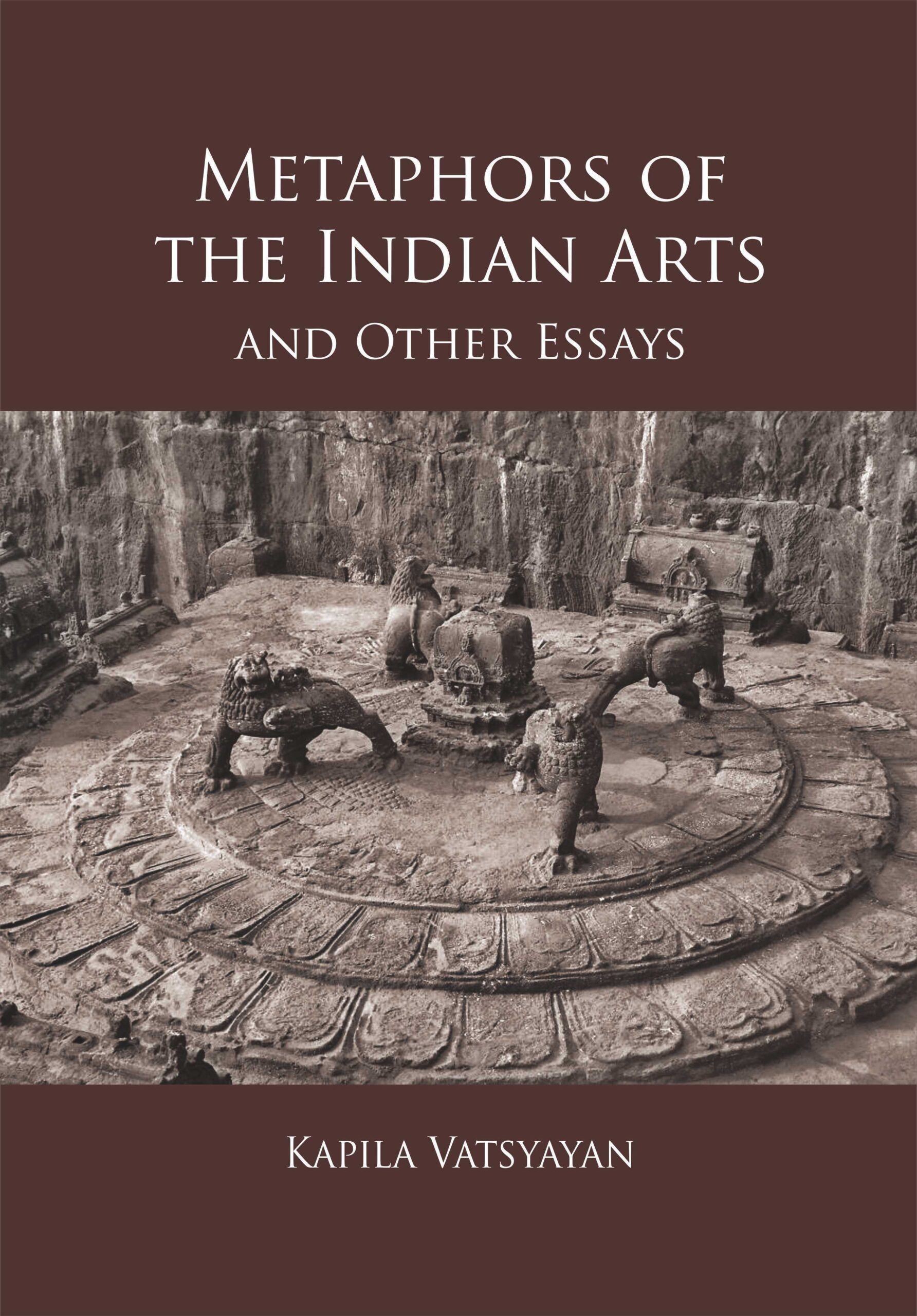
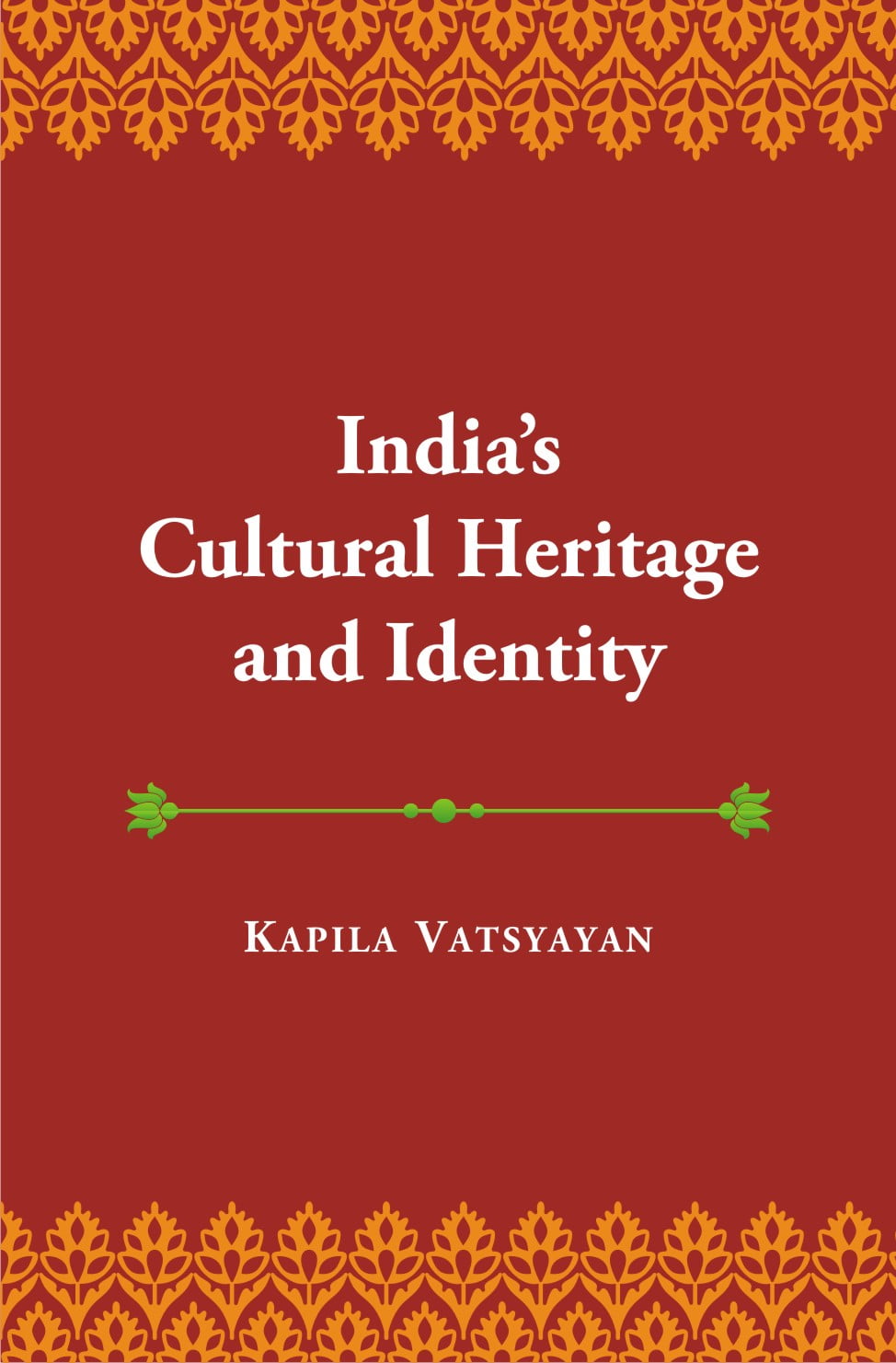
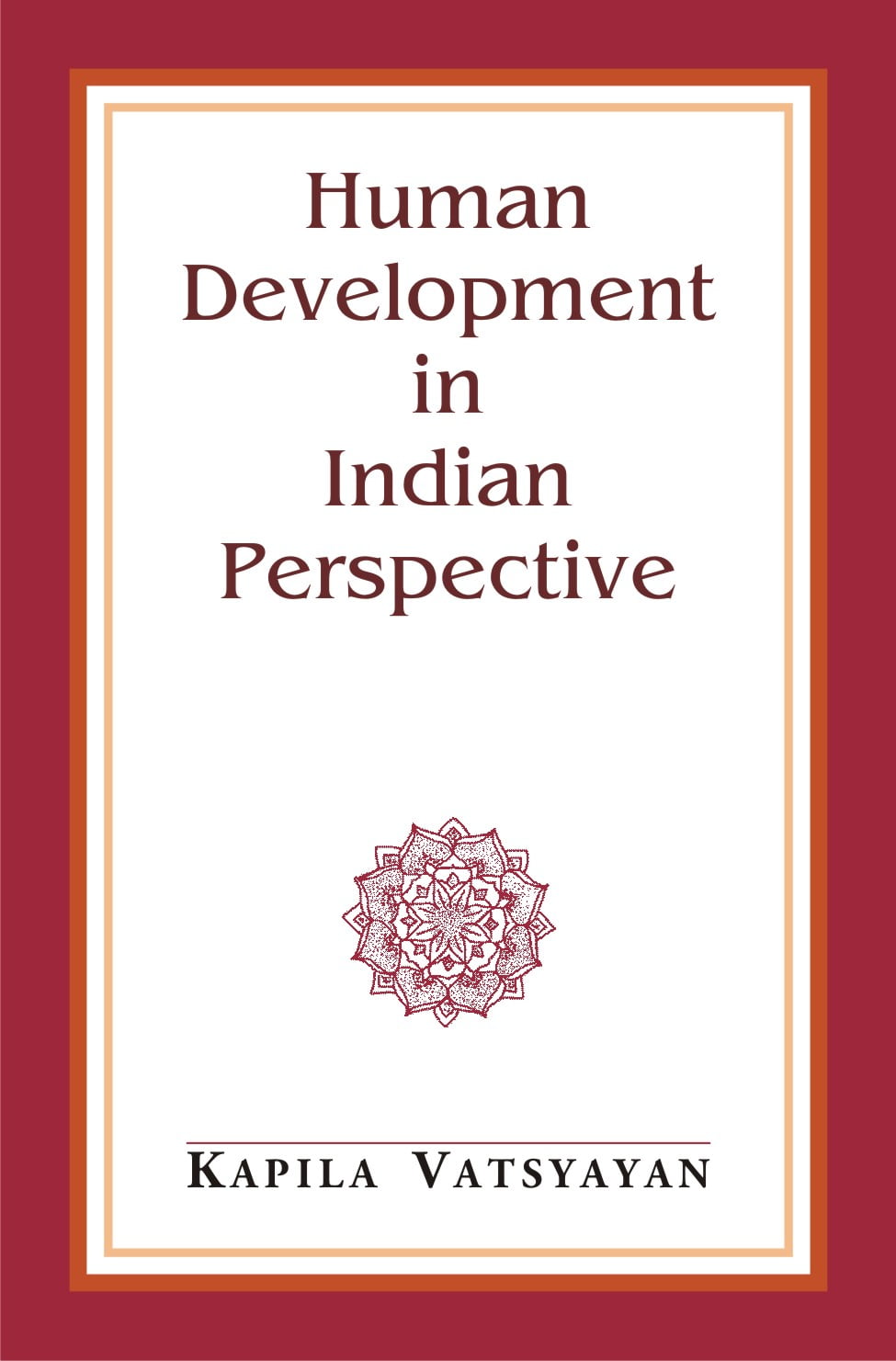
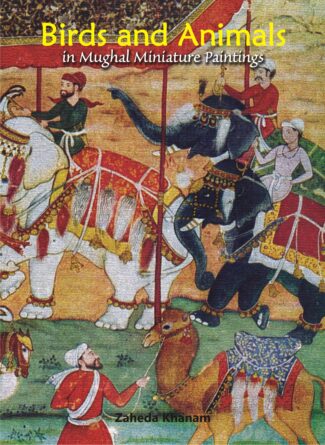

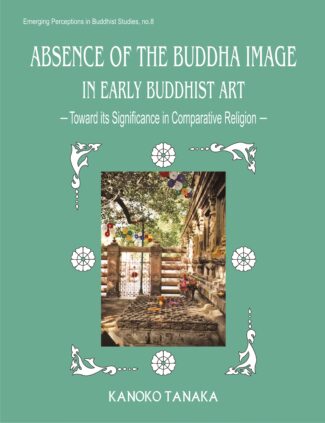
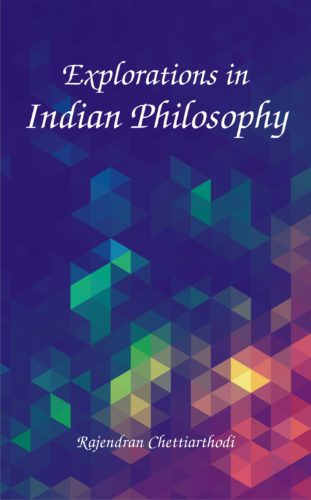
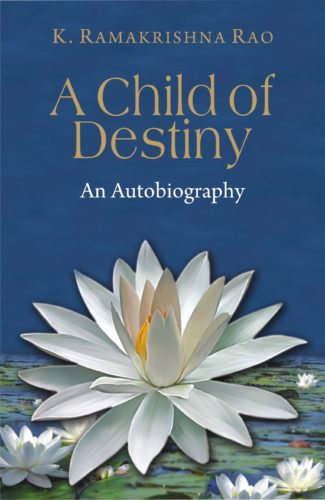
There are no reviews yet.